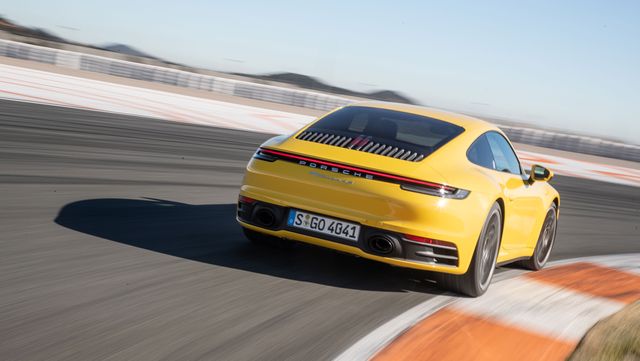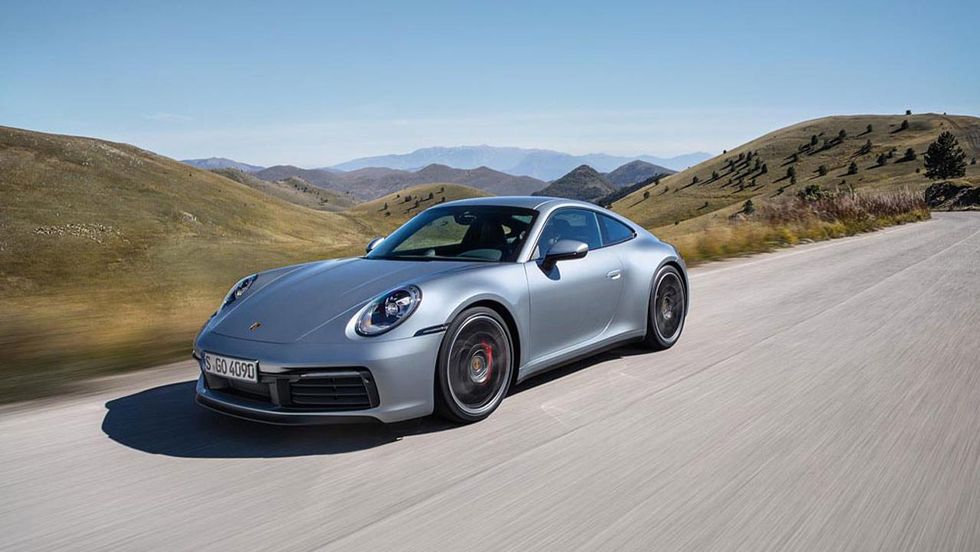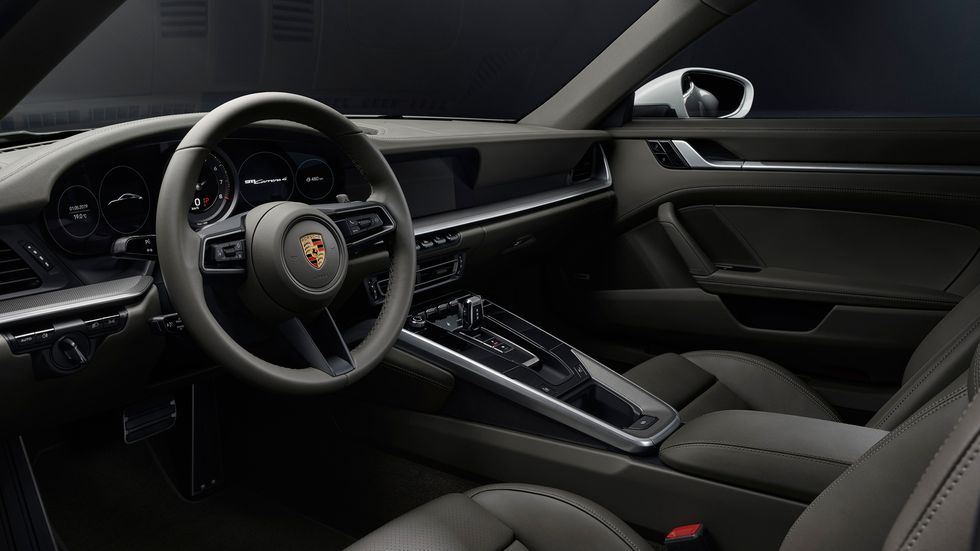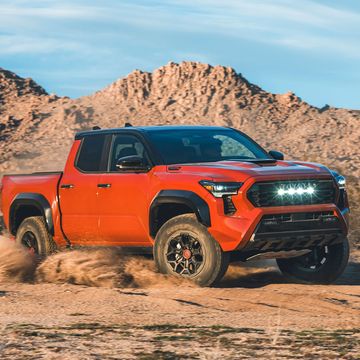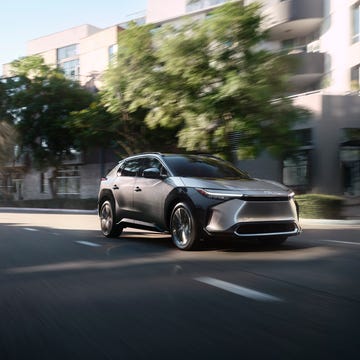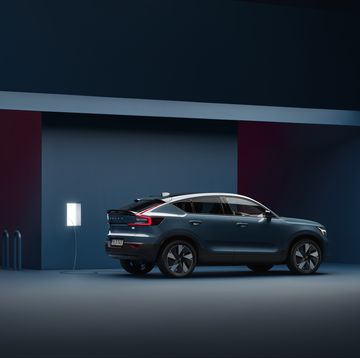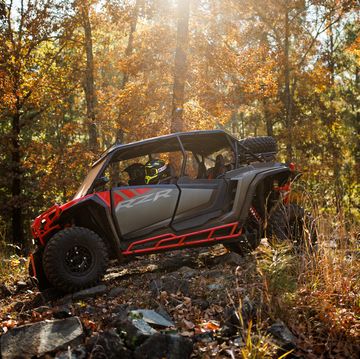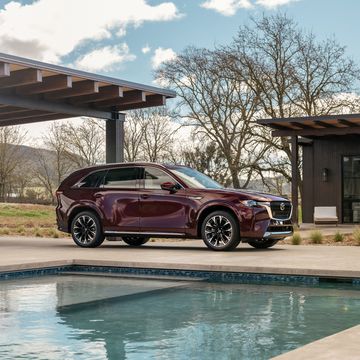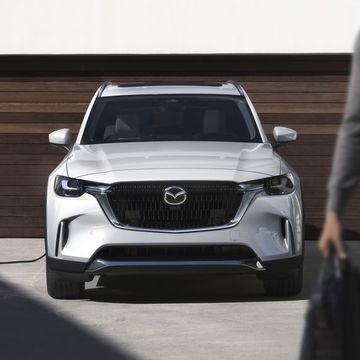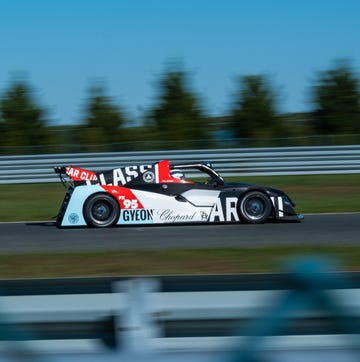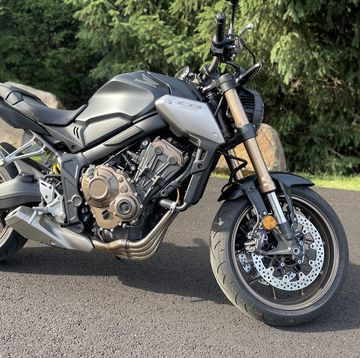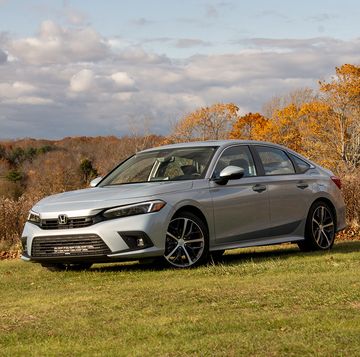This is my first experience with the new Porsche 992, i.e., the eighth-generation 911. As Vaughn noted in his first drive review of the car, you've really got to be paying attention to notice most of the little stylistic changes. Your initial impression of this new model is, as was mine, almost certainly going to be "Porsche 911" rather than "all-new Porsche 911."
This is, of course, by design: The 911 is perhaps the quintessential automotive example of working very hard to change everything without making it too obvious that anything in particular has been changed.
But even if your eye isn't calibrated precisely enough to know at a glance that it has a track that's 1.8 inches wider in the front and 1.5 inches wider in the rear, it does feel bigger, both visually and from the driver's seat. Every new 911 is effectively widebody. That's a shame, both because it makes base 911s larger and makes the widebody concept less special. But the tradeoff is increased stability, better handling, etc., etc., and we all know that in the Porsche world, progress is the prime directive.
That mentality imbues every new 911, including this half-step-above-base-model Carrera 4S, with a remarkably high-performance envelope. Yet these cars are also eminently daily driveable in a way that many modern performance cars simply aren't.
The Mercedes-AMG GLC63 I drove recently is not the most obvious comparison to a rear-engine coupe, but it's an illuminating one. The Benz is a crossover that has been hot-rodded to do amazing things if you push it, but it's frankly frustrating to drive slowly; if you get it up above a certain point, it's like a switch flips and it all starts to make sense. There's no sense of progression in between. BMW's M cars are like that, too.
This 911, by contrast, responds beautifully to any situation and any driving style, from the grind of traffic to a wide-open backroad. Somewhere between those extremes, there's that one open corner on your daily route that, if you hit it just right, makes the whole commute worthwhile. Unlike so many performance cars, the 911 takes all of this in stride. This, I think, is what sets the 911 apart from a sea of not-quite-competitors with impressive performance figures — this always-eager attitude.
My experience with previous AWD 911s suggests that the system will remain unobtrusive until you really start to push it, or you're in a low traction environment (or you're really pushing it in a low traction environment, as at one of Porsche's winter driving experiences). During my stint in the new car, it never stepped in noticeably. This may be the most technologically advanced 911 to date—and the all-wheel-drive variant, no less—but it still manages to feel pure.
There aren't that many new cars out there that can juggle all of this successfully. What's the competitive set here? The AMG GT, maybe? The F-Type Coupe? The Nissan GT-R? All of those are fun, and some have more power or better performance specs, but they lack the 911's versatility and fluidity.
If there's a problem with the 911, it's that excellence is essentially given. Of course this car is great, and I'm not so jaded that I can't see that. Yet a few days in the 911 Carrera 4S left me wondering: Where does Porsche go from here?
Back when I drove the previous manual transmission-equipped GT3 Touring, more than a few people warned me that it would ruin me for other modern 911s—an overstatement, but one with underlying some truth in it. As good as the 992 Carrera 4S is, that brush with naturally aspirated GT3 greatness left me wondering what Porsche will do with these brand-new bones—how it will take an extremely competent platform, one that exceeds its predecessor in every measurable way, and elevates it into something truly unforgettable.
I have no doubt it's in the works.
Base Price: $121,950
As-Tested Price: $140,830
Drivetrain: 3.0-liter twin-turbocharged H6, eight-speed dual-clutch, AWD
Output: 443 hp @ 6,500 rpm; 390 lb-ft @ 2,300-5,000 rpm
Curb Weight: 3,487 lb
Fuel Economy (EPA City/Highway/Combined): 18/23/20 mpg
Pros: It's a high-performance car that excels at all tasks, not just track days
Cons: Feels bigger and wider because it is bigger and wider; high entry price
Options: Sport package ($5,460); Leather interior in slate gray/chalk ($4,260); adaptive sport seats ($3,470); front axle lift system ($2,770); rear axle steering ($2,090); gentian blue metallic ($830)
